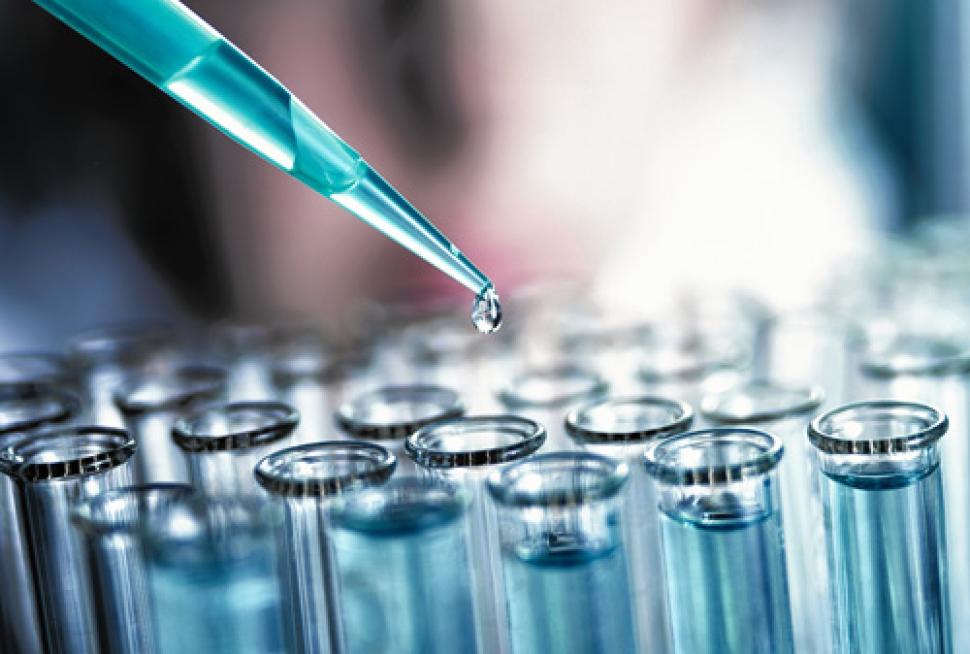A SUMMER OF INFLUENZA


BY ERIC SANTANA – This summer I received the opportunity to work as an undergraduate researcher at the Center for Vaccines and Immunology
here at the University of Georgia, working in Dr. Ted Ross’s laboratory. This laboratory focuses primarily on influenza research and has made large strides in working to create a more effective vaccine against the elusive and evolving influenza strains. Recently they have worked to create the Computationally Optimized Broadly Reactive Antigen, or COBRA. This vaccine is one that has been created to work against a variety of influenza strains and is set to undergo clinical trials shortly. Despite this large success, the laboratory continues its diligent work to further optimize and generate a more versatile and adaptive vaccine that will be able to trigger a larger immune response when someone is faced with any form of influenza.
As an undergraduate researcher I work under the direct supervision of Emily Clutter who is a recent University of Georgia alumni and current research technician working at the Center for Vaccines and Immunology. My line of research specifically focuses on a particular assay, the Enzyme Linked Immunosorbent Assay or ELISA. This experiment takes three full days to complete due to an extensive amount of required incubation time as well as a rather time-consuming methodology. The actual plates have 96 wells that can each hold a small amount of liquid, about 300 microliters. Essentially in this experiment we analyze serum given to us by a large cohort of donors on day zero and compare it to donor serum on day twenty-one after vaccination for influenza. By performing a variety of procedures such as coating, blocking, and adding secondary strain specific IgA and IgG proteins are thus able to bind on the plate and we are able to witness and analyze the immune response in terms of its growth and response to vaccination. By completing this process we are able to further understand how vaccination works in building up a larger response to a variety of influenza strains. The hope is that by furthering this research we will be able to create a more “universal” vaccine as we will be better prepared to understand how the vaccines are affecting the human body for any specific strain of influenza and thus be able to directly target particular immune responses that will best protect the body. This research has been very interesting and has really shown me a plethora of knowledge in terms of influenza as well as the study of infectious disease as a whole. While in this lab I have also been able to directly observe other very interesting processes such as the embryonic cultivation of viruses in chicken eggs.
My experience working in this laboratory has been a very fulfilling process and it has really shown me how meaningful and important this form of work can be as it really does make an impact on the lives of many more than one would expect. For those who one day hope to work in a lab, my recommendation is to form a professional relationship with a professor and then use this connection to seek assistance from them directly or their colleagues in finding a position that is right for you. Attaining a position such as this for some may seem intimidating as many people believe it is something that is highly competitive and hard to find, but if you continue to cultivate good relationships with your instructors and find research projects that interest you, the opportunity will present itself. In the fall I plan to continue my lab work and will be working on the same project as well as hopefully observing other new projects.
